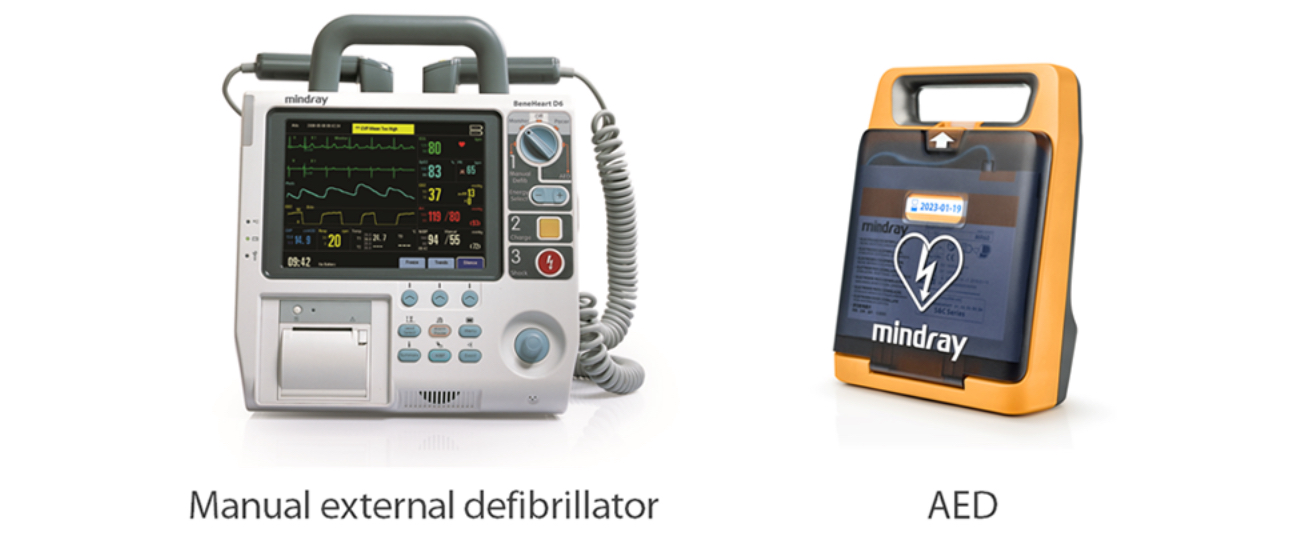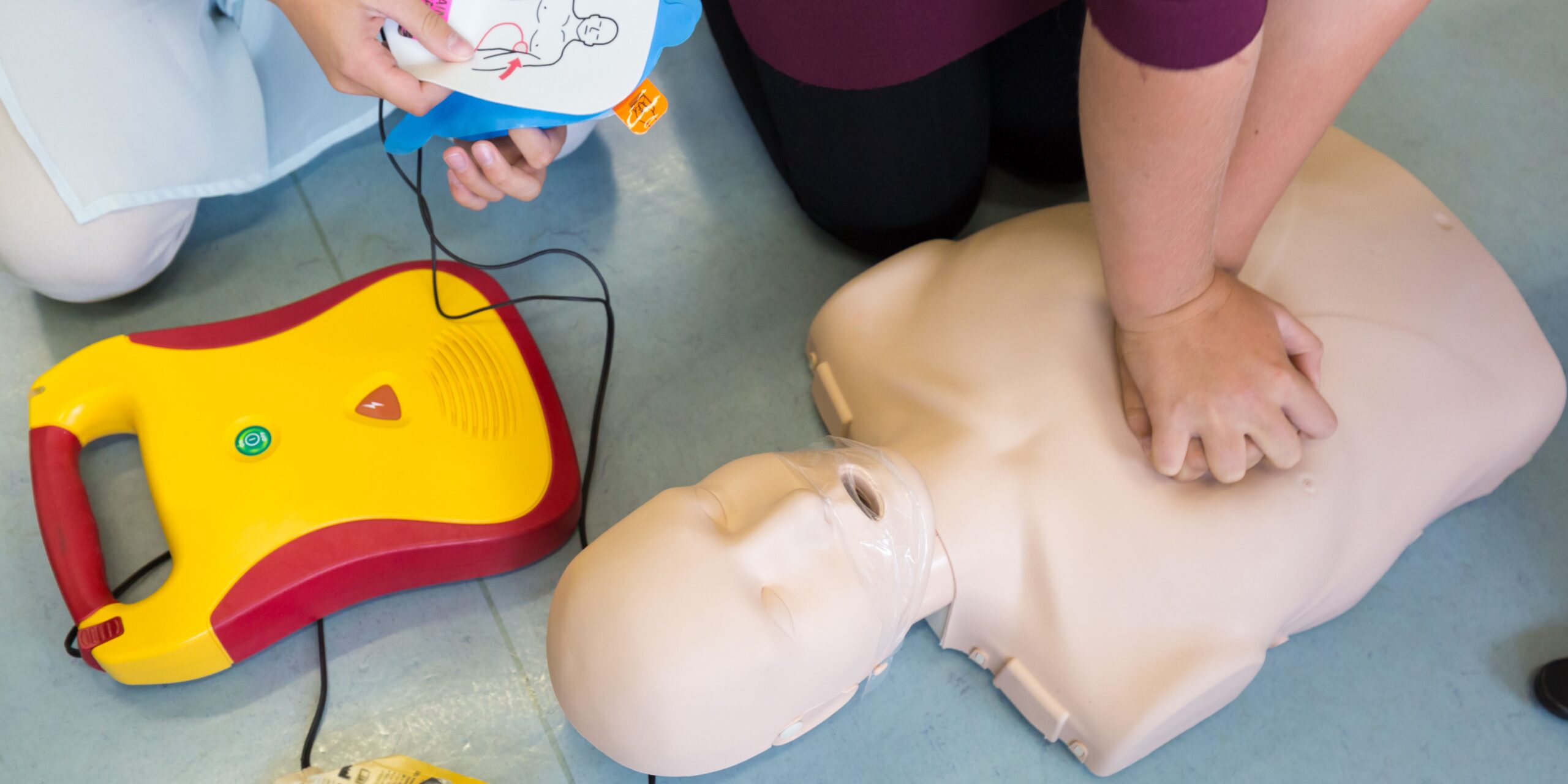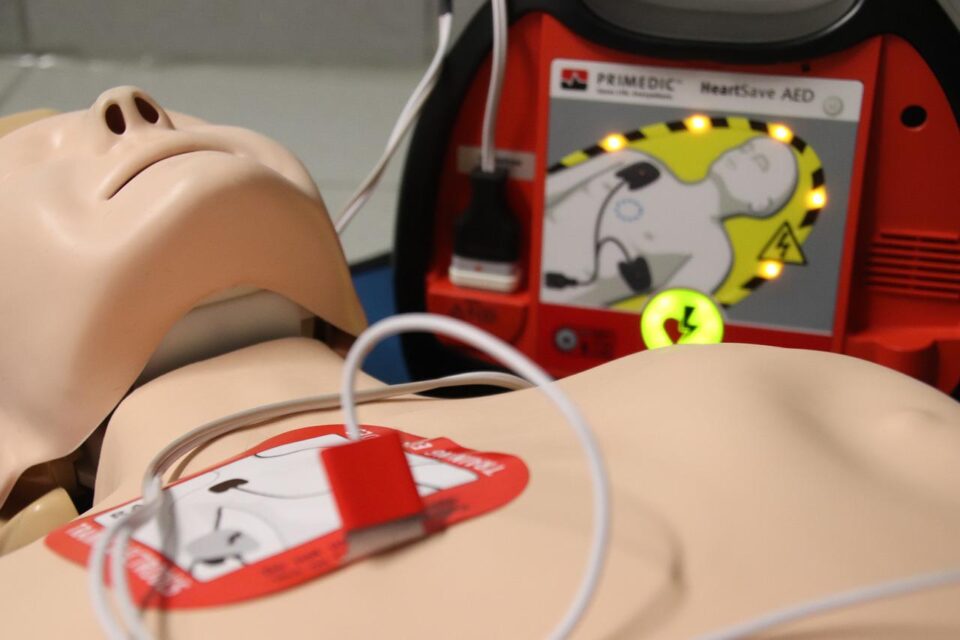An automated external defibrillator (AED) is a life-saving medical device that can be used to shock the heart back into its normal rhythm during sudden cardiac arrest. AEDs are designed to be simple and safe for anyone to use, even without any medical training.
When used in combination with CPR, an AED can dramatically increase a person’s chance of survival from sudden cardiac arrest. This article will discuss what an AED is, when it should be used, and how it works.
With this information, you’ll learn why having access to an AED could save someone’s life one day.
What is an Automated External Defibrillator

An automated external defibrillator (AED) is a device that can be used to quickly and effectively restore normal heart rhythm in the event of sudden cardiac arrest. AEDs are designed to be easy to use, even by those with no medical training.
When properly administered, they can help save lives by delivering an electric shock to the victim’s chest which will help their heart return to its normal rhythm. AEDs are becoming increasingly available in public areas such as airports, shopping malls, sports stadiums, and schools, making them more accessible when needed most.
With proper training on how to use an AED correctly, anyone can potentially know this lifesaving skillset and have an opportunity to make a difference for someone suffering from sudden cardiac arrest.
Use of Defibrillators
The use of automated external defibrillators (AEDs) is a crucial part of saving lives in the event of sudden cardiac arrest. AEDs are designed to be easy to use and can quickly detect and treat life-threatening heart rhythm disturbances, such as ventricular fibrillation. Properly trained personnel should know when an AED should be used so that it can provide timely assistance during medical emergencies.
In addition to responding to SCA incidents, AEDs are also often deployed in long-term care facilities or for sports teams that travel with them during games or practices. By having access to this lifesaving technology, people have an increased chance of surviving any situation where their heart might stop beating unexpectedly due to cardiac arrest or other serious heart conditions.

Applications of Automated External Defibrillator
AEDs are also increasingly used in pre-hospital settings such as ambulances, fire departments, and police cars. Pre-hospital AED use has allowed emergency medical personnel to respond more quickly to cardiac arrest incidents and provide rapid defibrillation if needed.
This helps increase the chances of survival for those suffering from sudden cardiac arrest.
Additionally, AEDs can be found in many public locations including airports, shopping malls, schools, churches, and workplace buildings so that help is easily accessible should anyone suffer a life-threatening arrhythmia while out in public.
By having access to automated external defibrillators when needed most, people have an increased chance of surviving any situation where their heart might stop beating unexpectedly due to cardiac arrest or another serious heart condition.
Conclusion

An automated external defibrillator (AED) is a portable device that can be used to treat cardiac arrest in an emergency. This life-saving device works by sending an electric shock to the heart, which can help restore normal rhythm and blood flow.
AEDs are easy to use and accessible in many public places such as airports, shopping malls, sports stadiums, schools, churches, and workplaces.
To ensure the best possible outcome of using an AED it is important to receive Life Support Training before administering potentially lifesaving treatment.
With proper training and access to these devices, we can all make a difference in saving lives during times of cardiac emergencies!

